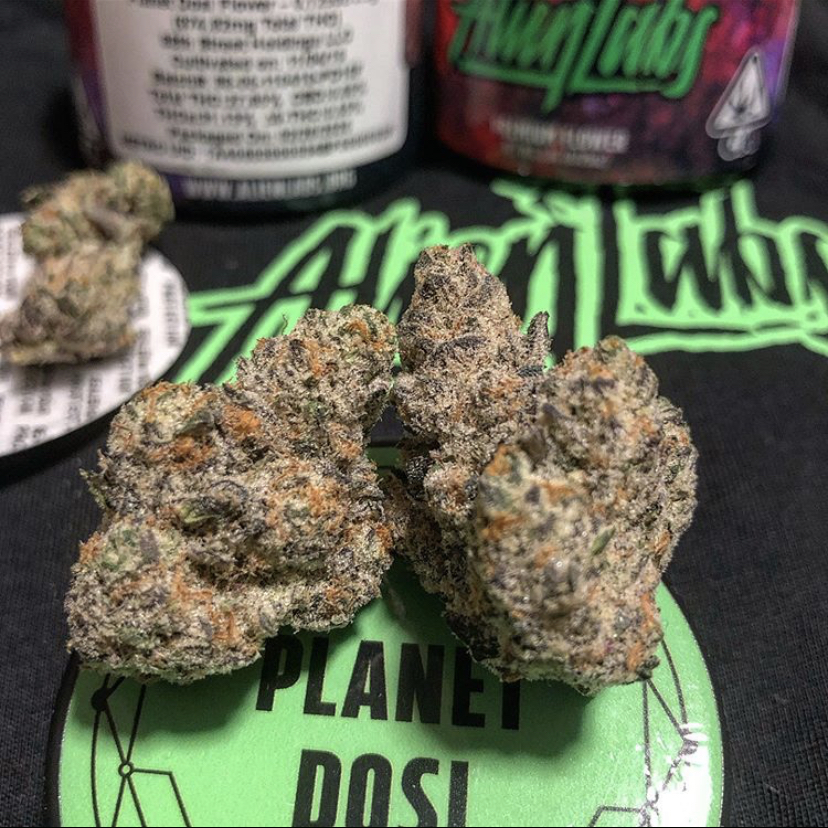Buy Cali Weed Online Europe: Cannabis is not only the most abused illicit drug in the United States (Gold, Frost-Pineda, & Jacobs, 2004; NIDA, 2010) it is in fact the most abused illegal drug worldwide (UNODC, 2010). In the United States it is a schedule-I substance which means that it is legally considered as having no medical use and it is highly addictive (US DEA, 2010). Doweiko (2009) explains that not all cannabis has abuse potential. He therefore suggests using the common terminology marijuana when referring to cannabis with abuse potential. For the sake of clarity this terminology is used in this paper as well.
Today, marijuana is at the forefront of international controversy debating the appropriateness of its widespread illegal status. In many Union states it has become legalized for medical purposes. This trend is known as “medical marijuana” and is strongly applauded by advocates while simultaneously loathed harshly by opponents (Dubner, 2007; Nakay, 2007; Van Tuyl, 2007). It is in this context that it was decided to choose the topic of the physical and pharmacological effects of marijuana for the basis of this research article.
What is marijuana?
Marijuana is a plant more correctly called cannabis sativa. As mentioned, some cannabis sativa plants do not have abuse potential and are called hemp. Hemp is used widely for various fiber products including newspaper and artist’s canvas. Cannabis sativa with abuse potential is what we call marijuana (Doweiko, 2009). It is interesting to note that although widely studies for many years, there is a lot that researchers still do not know about marijuana. Neuroscientists and biologists know what the effects of marijuana are but they still do not fully understand why (Hazelden, 2005).
Deweiko (2009), Gold, Frost-Pineda, & Jacobs (2004) point out that of approximately four hundred known chemicals found in the cannabis plants, researchers know of over sixty that are thought to have psychoactive effects on the human brain. The most well known and potent of these is â-9-tetrahydrocannabinol, or THC. Like Hazelden (2005), Deweiko states that while we know many of the neurophysical effects of THC, the reasons THC produces these effects are unclear.
Neurobiology:
As a psychoactive substance, THC directly affects the central nervous system (CNS). It affects a massive range of neurotransmitters and catalyzes other biochemical and enzymatic activity as well. The CNS is stimulated when the THC activates specific neuroreceptors in the brain causing the various physical and emotional reactions that will be expounded on more specifically further on. The only substances that can activate neurotransmitters are substances that mimic chemicals that the brain produces naturally. The fact that THC stimulates brain function teaches scientists that the brain has natural cannabinoid receptors. It is still unclear why humans have natural cannabinoid receptors and how they work (Hazelden, 2005; Martin, 2004). What we do know is that marijuana will stimulate cannabinoid receptors up to twenty times more actively than any of the body’s natural neurotransmitters ever could (Doweiko, 2009).
Perhaps the biggest mystery of all is the relationship between THC and the neurotransmitter serotonin. Serotonin receptors are among the most stimulated by all psychoactive drugs, but most specifically alcohol and nicotine. Independent of marijuana’s relationship with the chemical, serotonin is already a little understood neurochemical and its supposed neuroscientific roles of functioning and purpose are still mostly hypothetical (Schuckit & Tapert, 2004).
What neuroscientists have found definitively is that marijuana smokers have very high levels of serotonin activity (Hazelden, 2005). I would hypothesize that it may be this relationship between THC and serotonin that explains the “marijuana maintenance program” of achieving abstinence from alcohol and allows marijuana smokers to avoid painful withdrawal symptoms and avoid cravings from alcohol. The efficacy of “Buy Cali Weed Online Europe” for aiding alcohol abstinence is not scientific but is a phenomenon I have personally witnessed with numerous clients.

